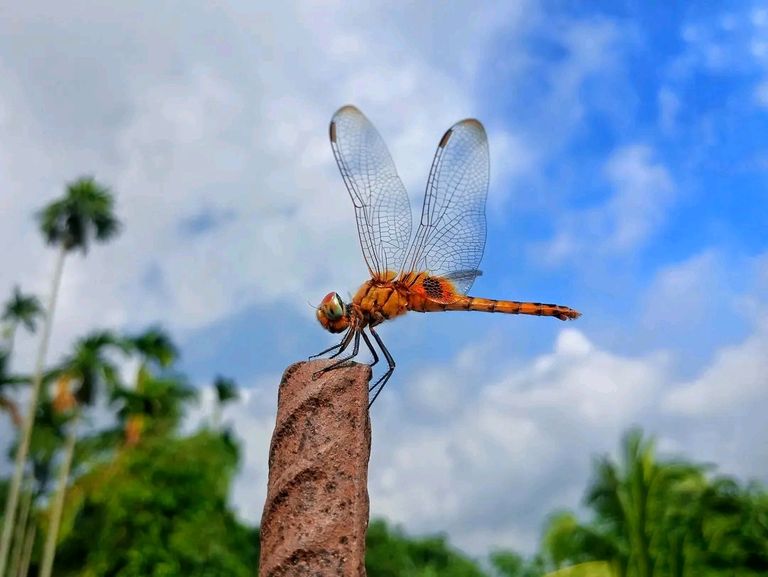Hello #BLURT Family. How are you all?
Today I will talk to you about grasshoppers.
The grasshopper belongs to the genus Epiprocata, which belongs to the genus Odonata, more precisely an insect of the infraorder anisoptera. The grasshopper is characterized by large compound eyes, two pairs of strong and transparent wings and elongated body. When sitting, their wings are horizontal and at right angles to the body [1]. Like other grasshoppers, they have six legs but cannot walk, their legs are thorny and suitable for sitting on stalks [1]. The grasshopper's head is large and can be rotated at will.

Grasshoppers and other small insects such as flies, bees, ants, butterflies, etc. are one of the important predators. They are commonly found in the vicinity of ponds, lakes, springs and wetlands, as their larvae, also known as nymphs, are aquatic.
Infected nymphs can cause pain-inducing bites. In that case, the stinging area should be thoroughly cleaned, otherwise it can take the shape of a fossa and spread the disease.
